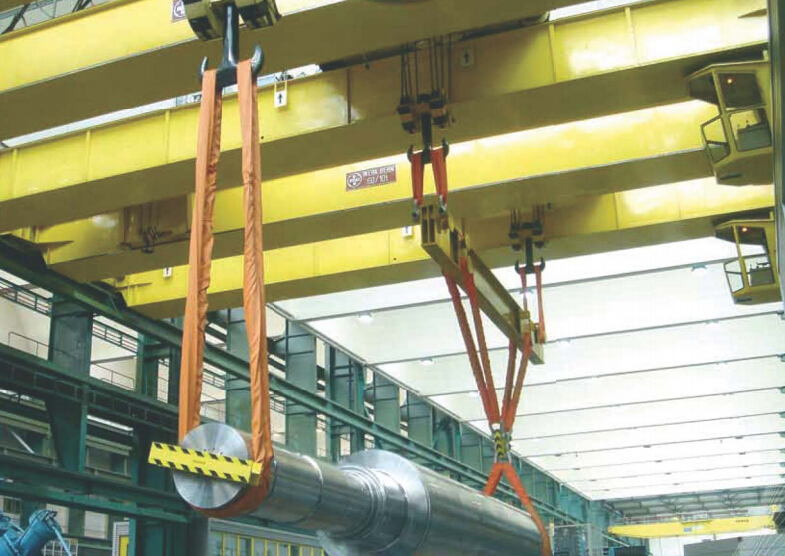In order to efficiently use magnetic separation of iron ore beneficiation, a magnetizing calcination process weakly magnetic iron ore, so that weak magnetic iron minerals where transformed into ferromagnetic iron minerals, and then can be obtained by the high magnetic beneficiation The index, because the roasting magnetic separation method with magnetization roasting as the preparation work before magnetic separation has the special requirements for water quality and water temperature, the concentrate is easy to be concentrated and dehydrated, and the concentrate has high sintering strength. At present, this method is obtained in iron ore beneficiation in China. Great application. Magnetic roasting process is a physical and chemical reaction of the ore after heated to a temperature in the respective atmosphere by the magnetic roasting, magnetic iron minerals significantly enhanced magnetic gangue minerals little changes, such as iron manganese ore after roasting magnetized Among them, iron minerals become ferromagnetic iron minerals, and the magnetic properties of manganese minerals are not changed much. Therefore, various weak magnetic iron ore or iron manganese ore can be effectively magnetically separated after being magnetized and calcined. Commonly used magnetization roasting methods can be divided into: reduction roasting, neutral calcination, oxidative roasting, redox roasting and reduction oxidative roasting. Reduction roasting After heating to a certain temperature, hematite, limonite and ferromanganese ore can transform weak magnetic hematite into ferromagnetic magnetite by reacting with an appropriate amount of reducing agent. Commonly used reducing agents are C, CO, H2 and the like. The reaction of hematite with a reducing agent is as follows: 3Fe2O3+C——-→2Fe3O4+CO 3Fe2O3+CO——-→2Fe3O4+CO2 3Fe2O3+H2——-→2Fe3O4+H2O The limonite starts to dehydrate after heating to a certain temperature and becomes hematite ore, which is reduced to magnetite according to the above reaction. Reduction roasting is generally expressed in terms of degree of reduction: R=FeO/TFe*100% The content of FeO in the reduction roasting of FeO------ in the above formula, 100%; TFe------Reduction roasting total iron content, 100%. If the hematite is all reduced to magnetite, the degree of reduction is the best and the magnetism is the strongest. At this time, the degree of reduction R=42.8%. Neutral roasting After siderite, magnesite ore, magnesite and siderite, magnesium carbonate, siderite, iron ore is heated to a certain temperature (300 --- 400 degrees Celsius) in the case of an air impermeable or into a small amount of air can be Decompose to form magnetite. Its chemical reaction is as follows: 3FeCO3——-→Fe3O4+2CO2+CO At the same time, since the iron carbonate mineral decomposes carbon monoxide, the hematite or limonite coexisting in the ore can also be reduced to magnetite, namely: 3Fe2CO3+CO——-→2Fe3O4+CO2 Oxidative roasting Pyrite is oxidized in oxygen for a short time to be oxidized to pyrrhotite. The chemical reaction is as follows: 7FeS2+6O2——-→Fe7S8+6SO2 If the calcination time is long, the pyrrhotite can continue to react into magnetite. 3Fe7O8+38O2——-→7Fe3O4+24SO2 Redox roasting Iron ore containing siderite, hematite or limonite. When the ratio of siderite to hematite is less than 1, the oxidizing atmosphere is heated to a certain extent, and the siderite is oxidized to hematite. It is then reduced to magnetite together with the original hematite in the ore in a reducing atmosphere. Reduced oxidation roasting The magnetite produced by magnetization roasting of various iron ores is cooled to below 400 degrees Celsius in an oxygen-free atmosphere, and then contacted with air to be oxidized into ferromagnetic maghemite. Its chemical reaction is as follows: 4Fe3O4+O2——-→6γ-Fe2O3 The magnetite is oxidized into maghemite ore, which releases heat, such as by using (preheating the ore), which reduces the heat loss of the roasting. The above five methods are magnetization roasting methods according to different minerals, the most important of which is reduction roasting, and the remaining several methods have not been industrialized on a large scale.
Lifting Slings/Lifting Sling/ Lifting Belt /Lifting Strap are usually made of either polyester or nylon materials.
There are two kinds of slings which are widely-used.They are flat Webbing Sling and Round Sling .
Flat webbing sling has loops on both ends,and its length ranges from 1 meter to even 50 meters.
Round sling is like a circle,it does not have any loop.
Both webbing sling and round sling has strong strength,or we call it lifting capacity,normally ranges from 1Ton to 15Ton.
And there are 4:1,5:1,6:1,7:1 even 8:1 safety factors.The higher the safety factor is,the stronger the sling is.
Lifting Slings Lifting Sling,Lifting Belt,Lifting Strap,Soft Slings,Lifting Belt Sling WINNERLIFTING INDUSTRY & TRADING CO.,LTD. , https://www.winnerlifting.com